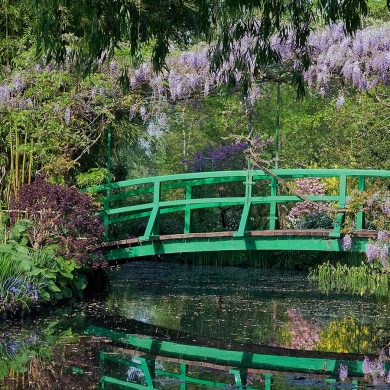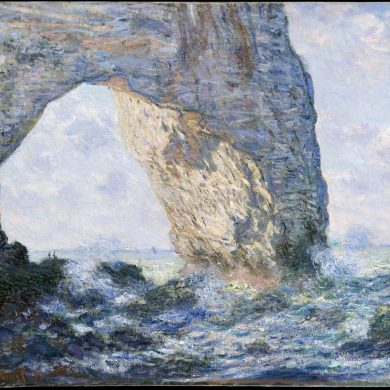Updated on 30 November 2020
Reading time: 4 minutes
In the wild open spaces and grinding poverty of the Cotentin peninsula, the painter Millet found his inspiration that would make its contribution to the many-faceted movement known as Impressionism. Later, many avant-garde painters such as Boudin, Renoir and Signac, would set up their easels by the sea and in the country, at a time when it was relatively inaccessible. This desire to get out into the open air and develop their palette, made possible by new inventions such as the railway, new chemicals for colours and portable equipment, enabled a revolution in painting; we too can follow them off the beaten track across Normandy, from Caen to the Cotentin.
Caen and Bayeux
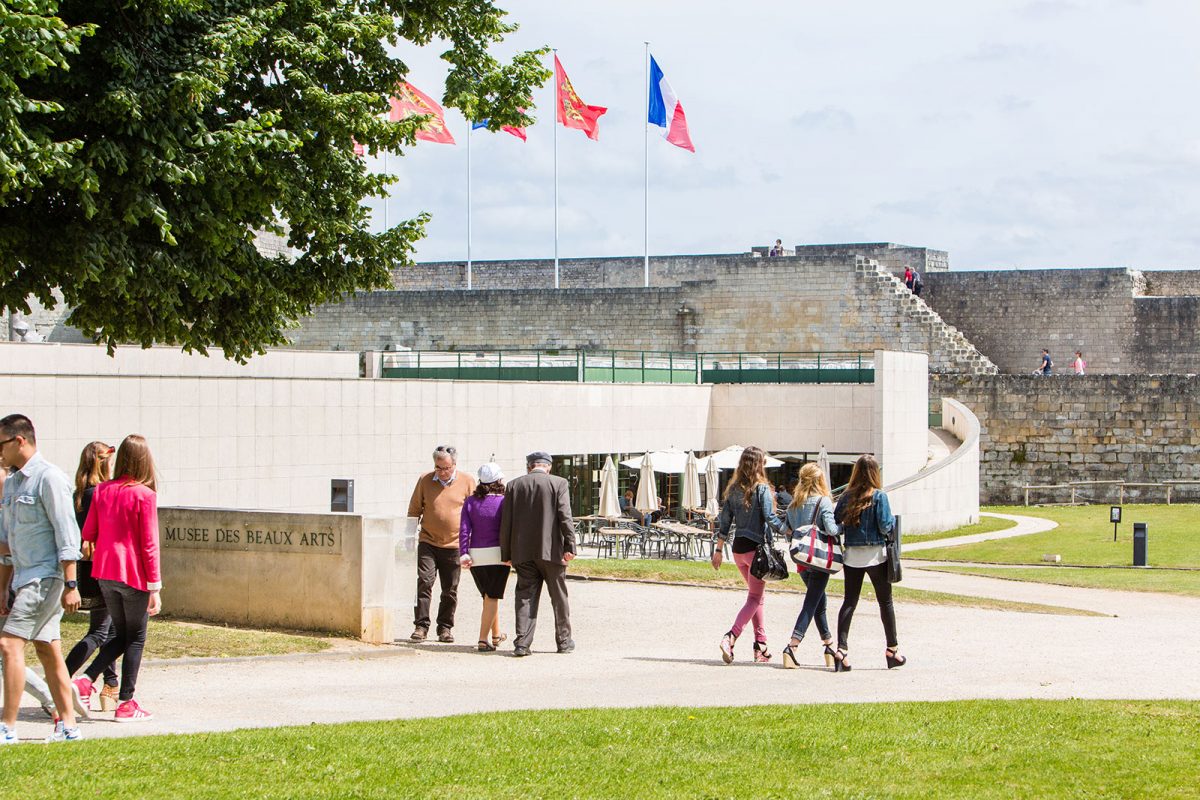
Our starting point is the Fine Arts Museum in Caen Castle, where you’ll find a fine collection of impressionist masters, with works by Monet, Courbet and Bonnard for example. Stanislas Lépine, born in Caen, specialised in landscape views of the Seine and exhibited in the first Impressionist exhibition in 1874. But the emotions and artistic investigations of the Impressionists lives on in the present: try for example the works of the American painter Joan Mitchell, whose treatment of colour and sensitivity of brushstroke is akin to Monet. It’s enough to make you want to pop over to the Artothèque and further our exploration of contemporary art!
Tip-toe through the peonies and rose bushes of the Vallée des Jardins, in the shade of the maple trees, or enjoy the extraordinary collection of the Botanical Gardens, before heading off to Bayeux and its Baron Gérard Museum, embedded in the Episcopal Palace. There you will find paintings by Boudin and Caillebotte, including Portraits à la campagne and Paysage à Argenteuil.
The wilder shores of the Cotentin
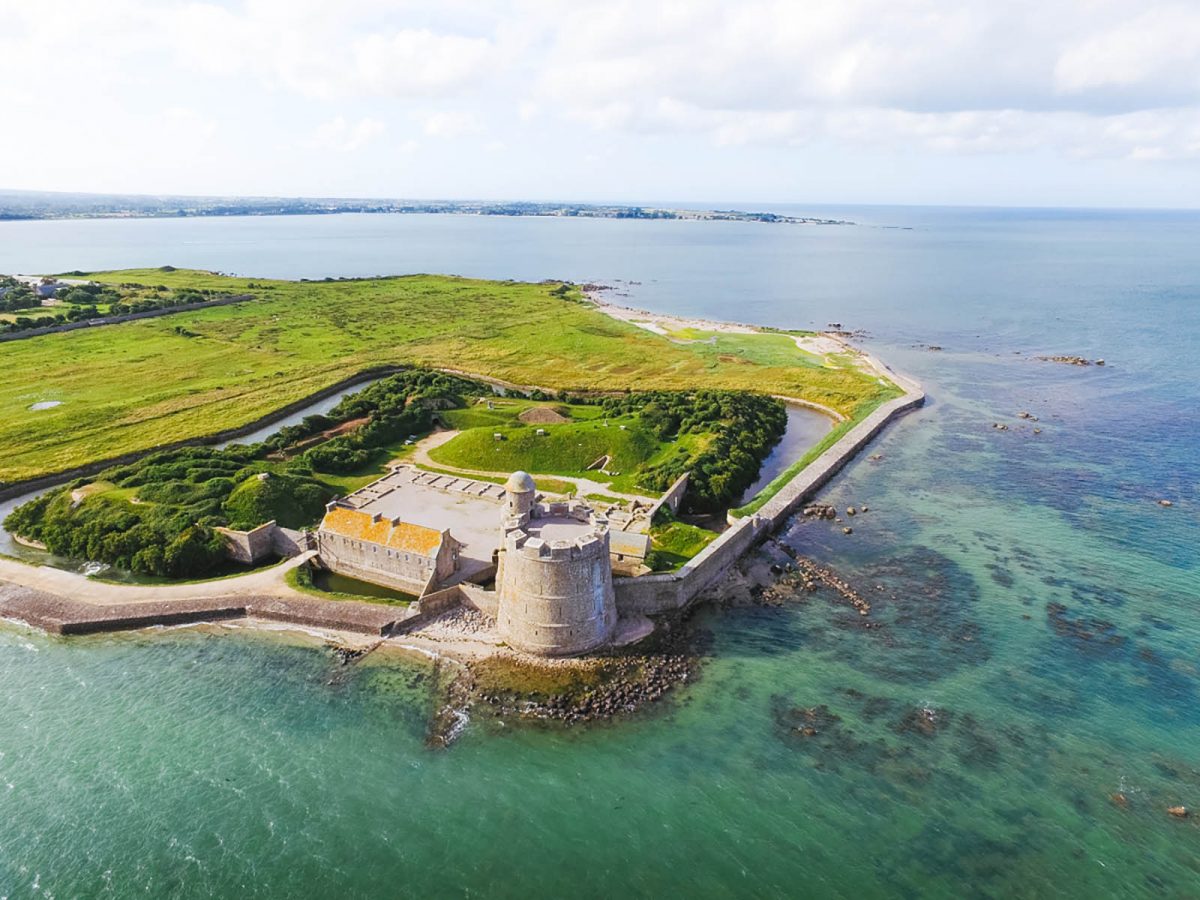
Saint-Vaast-la-Hougue
The remote Cotentin peninsula has a landscape all its own: white sandy beaches irrupted by creeks, russet rocks and great stretches of wild open moorland. In Saint-Vaast-la-Hougue, stop by on the terrace opposite the little Tatihou Island and its oyster beds. Get a taste of that douceur de vivre that Guillemet or Boudin enjoyed, never tiring of the parade of ever-changing clouds and shifting tides. A little further north, Barfleur, nicknamed ‘the pearl of the Val de Saire,’ just has to be one of the most beautiful little ports of the area. It was here that Signac painted the Gatteville lighthouse. You should try climbing the 365 steps to the top and be enveloped by the intense beauty of the stunning land-and sea-scape that softly enfolds you in its embrace.
For those feeling it’s time tfor a stop-off, let’s head for Le Landemer in the Cap de la Hague to enjoy superb sea views captured on canvas by Jean-François Millet himself.
A studio by the sea
Millet grew up in a landscape reminiscent of Ireland, a blasted heath of heather and gorse. One of his most celebrated works, Angélus, displayed in the Orsay Museum in Paris, was inspired by this bleak landscape. Walking the coastal paths twisting and turning along the edge of the peaceful moorland and the wild shoreline, it is not hard to conjure up the harsh world that made its mark on the work of Millet. Known, with Courbet, first and foremost as realist painters, together their works would be enormously influential on later artistic developments. Why not pop into the house where he was born and where he lived out his childhood. On display are objects from that time, original drawings, and objects associated with the hard grind of daily life in the country which informed so much of his work. After the Orsay Museum, the Thomas Henry Museum in Cherbourg has the largest single collection of works by Millet, and is packed full of surprises for you will also find paintings by Fra Angelico, Poussin, David and a host of 19th-century artists from the Cotentin, like Pierre Fréret, one of the first landscape artists to set up his easel in La Hague.
Now plonk yourself down outside a cafe in Barfleur at a time when this little Norman harbour is busying itself with a famous catch, when fishermen are unloading their famous Blondes de Barfleur mussels out of their boats – for these mussels were fished out of the sea. Then wander off down the lanes bound by granite houses nestling around the church of Saint Nicholas, its stumpy silhouette immortalised in several canvases by Signac during his five-year stay in this picturesque village.
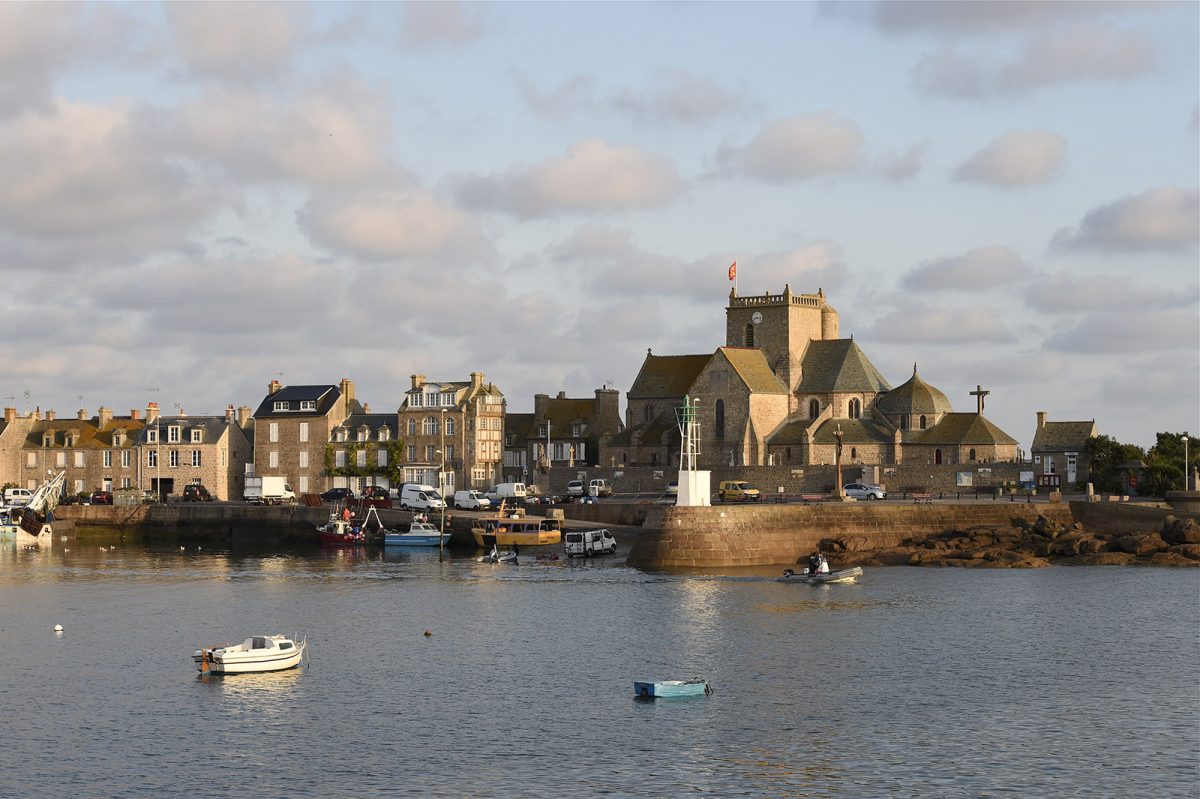
Useful information
Hôtel-Restaurant Le Landemer
2 rue des douanes, 50460 La Hague
Millet’s house
Hameau de Gruchy, Gréville Hague, 50440 La Hague
Thomas Henry Museum
Le Quasar, esplanade de la laïcité, 50100 Cherbourg-en-Cotentin

